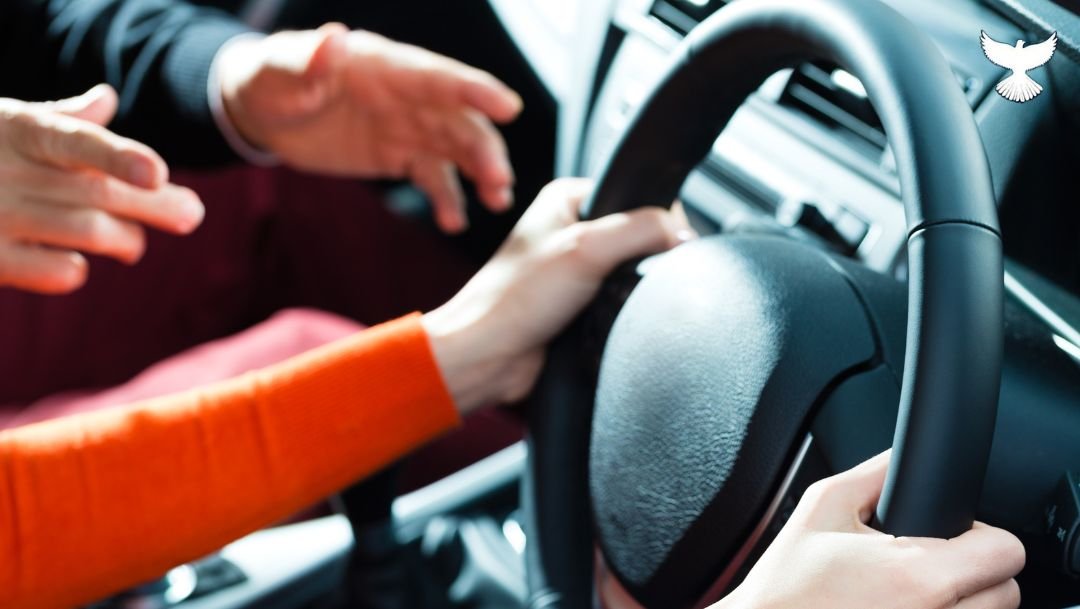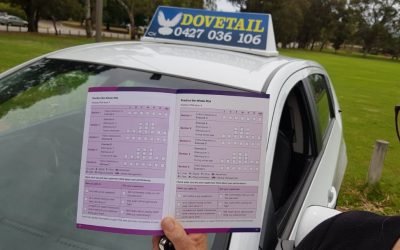How Long Does It Take to Learn to Drive a Manual Car?
Driving a manual car can be challenging, especially when juggling your clutch, gears, and accelerator during manual driving lessons.
However, with some patience and practice, you’ll soon get out of it and be cruising around WA in no time.

1. Understanding the Time Frame
When it comes to learning to drive a manual car, the time it takes can vary a lot from person to person. Some learners might pick up the basics quickly, while others may need more time to get comfortable with the clutch and gears. On average, most people need about 20 to 30 hours of lessons to feel confident driving a manual, but this is just a rough guide.
How often you have lessons can also make a big difference. You’ll likely progress faster if you can book regular lessons, like once or twice a week. This is because the skills stay fresh in your mind. Consistency is vital to building your driving abilities. On the other hand, taking long breaks between lessons might slow your progress, as you may need to relearn some of the skills you’ve already covered.
2. Factors That Influence Learning Duration
Prior Experience and Natural Ability
Your experience behind the wheel, even if it’s just driving an automatic car, can significantly affect how quickly you learn to drive a manual.
If you’re already familiar with road rules, steering, and handling a car in general, you can focus more on mastering the clutch and gear shifts. On the other hand, if you’re entirely new to driving, you’ll be learning these basic skills along with the additional challenge of a manual transmission.
Natural coordination and motor skills also come into play. Some people naturally have a better feel for coordinating their hands and feet, making learning to drive a manual quicker. Others might need more time to develop these skills, and that’s perfectly right; everyone learns at their own pace.
Complexity of Manual Driving
Learning to drive a manual car involves a bit more complexity than driving an automatic. It would be best to get used to the idea of balancing the clutch, shifting gears, and using the accelerator all at once. This multitasking can be tricky, especially in the beginning. For example, finding the clutch’s biting point while smoothly transitioning to the accelerator without stalling takes practice.
In contrast, automatic cars handle gear changes for you, so you can focus more on steering and observing the road. Because of this, it often takes longer to learn to drive a manual compared to an automatic. However, once you’ve mastered your manual transmission, you’ll have better driving skills and more flexibility in the types of vehicles you can drive.
3. The Role of Practice Outside Lessons
Practising outside of your formal driving lessons is crucial when learning to drive a manual car. While lessons with an instructor are essential for learning correct techniques, extra practice on your own time is also important. This additional practice helps reinforce what you’ve learned during your lessons. The more time you spend behind the wheel, the more familiar you’ll become with clutch control, gear shifting, and handling various road situations. As a result, this extra practice is invaluable. It allows you to build muscle memory, making your movements smoother over time. Hence, your driving will become more automatic and confident.
Supervised practice, especially with a qualified supervisor like a parent or experienced driver, can greatly speed up your learning process. This is because having someone with you who can provide feedback is invaluable. They can also offer helpful tips and keep you calm during challenging situations. Furthermore, a supervisor can guide you through various driving scenarios, such as hill starts, busy traffic, or long drives.
These experiences are crucial for gaining confidence. Regular, supervised practice outside of lessons bridges the gap between what you learn with your instructor and real-world driving. Consequently, this combination of professional lessons and real-world practice is essential. It is the key to becoming a skilled and confident manual driver.
4. Building Confidence and Competence
Building confidence is a crucial part of learning to drive a manual car. It’s not just about being able to shift gears smoothly. Confidence also comes from handling various driving conditions. For example, you must navigate through heavy traffic, drive at night, or manage challenging weather like rain or wind. Each situation requires you to apply what you’ve learned in different ways. Therefore, the more experience you gain, the more confident you’ll become in handling whatever the road throws at you
However, gaining this confidence can take time, which might extend the overall learning period. It’s one thing to know how to drive when the conditions are perfect, but it’s another to it’s secure driving when things are a bit more complicated. Building this competence is incredibly important because it leads to safer driving in the long run. When you’re confident, you’re less likely to panic in unexpected situations and make more thoughtful, measured decisions on the road.
Extending your learning to include practice in different conditions is crucial. This ensures you’re not just passing your driving test but becoming a well-rounded and safe driver. It might mean taking a few extra lessons or spending more time practising outside of formal sessions. However, it’s worth it for the peace of mind and safety once you’re on the road solo.

5. The Influence of Local Regulations
When learning to drive a manual car, it’s essential to understand the local licensing requirements in Western Australia (WA). These requirements can impact how much time you’ll need to prepare. For instance, in WA, if you pass your driving test in a manual car, you’ll receive an unrestricted licence. Consequently, this licence allows you to drive both manual and automatic vehicles.
However, if you pass your test in an automatic car, you’ll be restricted to automatic vehicles only. However, if you pass your test in an automatic car
The standards for passing a manual driving test in WA are pretty specific. You must demonstrate your ability to control the car under various conditions, including smooth gear changes, effective clutch use, and handling hill starts without rolling back. Hence, the Department of Transport expects you to be competent in all aspects of manual driving. Moreover, this might require more practice compared to learning in an automatic.
Due to these stringent requirements, you might need extra time to prepare. This ensures you’re confident you’re capable of meeting the test standards. Hence, you may need additional lessons to perfect your clutch control and gear shifting. The extra practice could also help you master tricky manoeuvres like parallel parking in a manual.
It might take a bit more time to prepare fully, but it’s worth it. Bit’s well-prepared increases your chances of passing your test on the first try. This approach saves you time and reduces stress in the long run. Understanding and meeting local regulations is crucial for passing your test and becoming a skilled, confident manual driver in WA.
6. The Importance of a Skilled Instructor
When learning to drive a manual car, having an experienced instructor is crucial. Their guidance can greatly impact how quickly you learn. Lisa Archer has years of experience and deeply understands the unique challenges of manual driving. She explains tricky parts such as finding the clutch’s biting clutch and shifting gears smoothly, ensuring it’s easy to understand and apply.
One of the major benefits of learning with an instructor like Lisa is the personalised instruction you’ll receive. Lisa doesn’t use a one-size-fits-all approach. Instead, she tailors each lesson to your needs, focusing on where you need the most support. If you’re struggling with hill starts or getting used to gear changes, she adjusts the lessons to match your pace. This personalised attention helps you build confidence faster and grasp complex skills more easily than in a larger group setting.
Lisa’s approach goes beyond teaching the basics of manual driving. She focuses on building your confidence on the road. Lisa knows everyone learns quickly, so she is patient and supportive. She aims to help you pass your test and feel safe and comfortable while driving. Her calm, encouraging teaching style allows students to overcome nerves and develop the self-assurance needed to tackle real-world driving conditions.
Lisa Archer is more than just an experienced instructor—she genuinely cares about her students’ success. Loved by her students for her supportive and patient approach, Lisa has helped countless learners in WA become confident, competent drivers. Lisa is deeply committed to offering high-quality, personalised instruction. Her attention to each student’s needs sets her apart as an instructor. She takes the time to ensure that every learner feels supported and confident.
If you’re looking to master driving a manual car, Lisa is the ideal choice.





Recent Comments